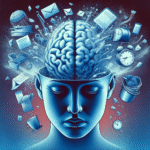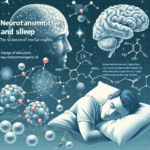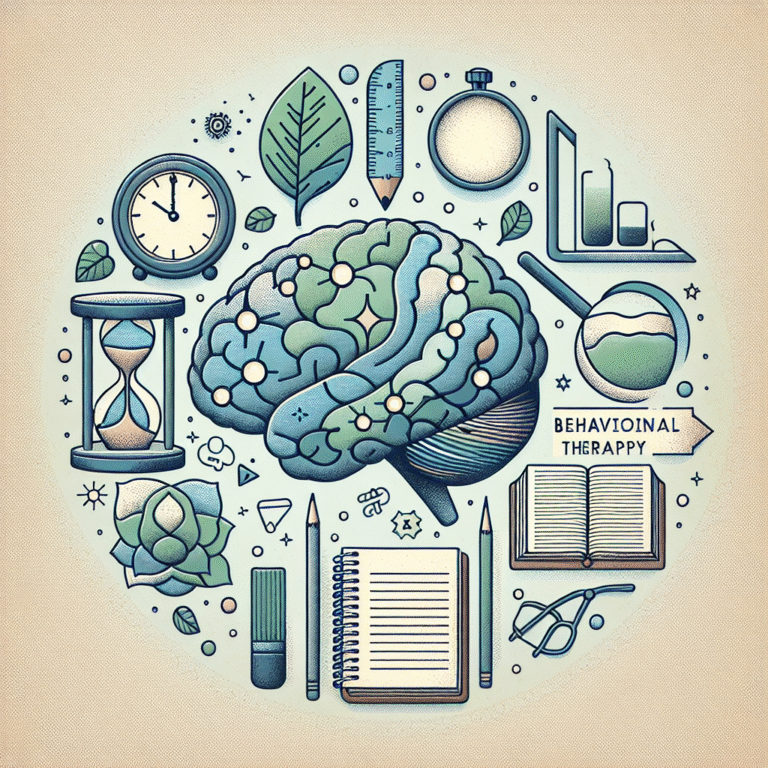
The Bipolar Spectrum: Recognizing Symptoms for Early Intervention and Management
Introduction
Imagine a world where mental health conditions are not just whispered about in dark corners but are openly discussed and understood. This is the vision we have for the bipolar spectrum – a vital segment of mental health that, when recognized early, allows for timely intervention and effective management. Understanding "The Bipolar Spectrum: Recognizing Symptoms for Early Intervention and Management" is not just an academic exercise; it’s a necessity for those affected, their families, and the wider community. As we delve into this essential topic, we invite you to explore the symptoms, courses of action, and the vital importance of early recognition and intervention.
Understanding the Bipolar Spectrum
What is the Bipolar Spectrum?
The bipolar spectrum refers to a range of mood disorders characterized by episodic swings in mood, energy, and activity levels. While many are familiar with bipolar I and bipolar II disorders, it’s essential to recognize that the spectrum also includes cyclothymic disorder and other unspecified and sub-threshold conditions. These forms contribute to an overall understanding of how various mood disorders manifest differently in people.
| Type of Bipolar Disorder | Description |
|---|---|
| Bipolar I Disorder | Characterized by at least one manic episode. |
| Bipolar II Disorder | Involves one or more major depressive episodes and at least one hypomanic episode. |
| Cyclothymic Disorder | Numerous periods of hypomanic symptoms and depressive symptoms lasting for at least two years. |
| Other Specified and Unspecified Bipolar and Related Disorders | Symptoms that don’t fully meet criteria for the other types but still cause significant distress. |
Why Recognizing Symptoms is Crucial
Early intervention plays a critical role in managing bipolar symptoms effectively. Untreated bipolar disorder can severely impact one’s daily functioning, relationships, and overall quality of life. By understanding the symptoms of the bipolar spectrum, individuals can seek help sooner, reducing the risk of complications associated with the disorder.
Recognizing Symptoms: Key Indicators of the Bipolar Spectrum
Recognizing the symptoms of the bipolar spectrum is the first step toward effective intervention and management. These symptoms can manifest in various ways, including mood swings, changes in energy, and alterations in sleep patterns.
1. Mood Episodes: The Core of the Spectrum
Most individuals with bipolar disorder experience distinct episodes:
-
Manic Episodes: Marked by elevated mood, increased activity, and reduced need for sleep. It may also include impulsive behavior and reduced insight into the situation.
-
Hypomanic Episodes: Similar to manic episodes but less severe and without causing significant impairment.
- Depressive Episodes: Characterized by feelings of sadness, hopelessness, and a lack of energy and interest in activities.
Recognizing these patterns is vital for early intervention when symptoms first appear.
Case Study: The Impact of Early Recognition
Consider Sarah, a 29-year-old teacher who noticed recurrent episodes of extreme happiness followed by debilitating depression. Each mood change left her feeling confused and isolated. After a friend encouraged her to seek help, she was diagnosed with bipolar II disorder. Early recognition allowed Sarah to manage her condition through therapy and medication, leading to a significantly improved quality of life. This real-world example underscores the importance of recognizing symptoms early for effective intervention and management.
2. Energy Levels: The Bipolar Paradox
Individuals on the bipolar spectrum often experience fluctuations in energy that can be disruptive. During manic or hypomanic phases, energy levels soar and creativity may flourish. Conversely, depressive episodes can drain energy, leading to lethargy and fatigue.
| Energy Level Changes | Mania | Depression |
|---|---|---|
| Energy High | Elevated and productive, leading to impulsive decisions. | Feelings of fatigue and disinterest in daily activities. |
| Energy Low | Insomnia is common, but individuals may feel energized. | Sleep disturbances, often leading to excessive sleeping. |
3. Sleep Patterns: An Overlooked Indicator
Sleep is often the first casualty in the bipolar spectrum. During manic phases, individuals may struggle to sleep, feeling almost invincible. In contrast, depressive episodes often invite insomnia or an overwhelming desire to sleep.
Case Study: Understanding Sleep Patterns
James, a 35-year-old graphic designer, began to notice severe insomnia, believing it stemmed from workload stress. However, after closely monitoring his mood alongside his sleep patterns, he recognized a connection between his sleepless nights and onset of mania. By addressing sleep issues early, James was able to adopt healthier sleep hygiene practices, contributing to better management of his bipolar disorder.
Early Intervention: Steps to Taking Charge
Creating a Supportive Environment
Early intervention begins with awareness. Here are some actionable steps to create an environment that encourages recognition and management:
-
Open Communication: Encourage dialogue about mental health within families and friendships. Normalize conversations about moods and emotions.
-
Education: Ensure that family members are aware of the symptoms associated with the bipolar spectrum. Knowledge is power.
- Regular Check-Ins: Foster a routine of checking in with oneself and loved ones, especially during known stress periods or seasonal changes.
Professional Help: Seeking Guidance
Once symptoms are recognized, reaching out for help from mental health professionals can lead to tailored interventions. These may include:
-
Therapy: Modalities such as cognitive-behavioral therapy (CBT) and interpersonal and social rhythm therapy (ISRT) can be beneficial.
-
Medication: Mood stabilizers and antipsychotic medications can manage severe mood fluctuations effectively.
- Crisis Plans: Developing personal safety plans for times of crisis provides individuals and their loved ones the resources to manage episodes proactively.
Case Study: Professional Help in Action
When Anna, a 23-year-old college student, began experiencing suicidal thoughts during depressive phases, she sought professional help. With a combination of therapy and medication, Anna learned coping strategies that helped her identify warning signs and navigate her mental health journey successfully. This experience illustrates the transformative power of professional intervention.
Long-Term Management: Sustaining Stability
1. Utilizing Coping Strategies
Individuals on the bipolar spectrum can benefit from developing skills for ongoing management:
-
Mindfulness Practices: Activities like yoga and meditation enhance self-awareness and emotional regulation.
-
Regular Exercise: Physical activity can elevate mood and alleviate stress.
- Balanced Diet: Nutrition plays a role in mental health. A balanced diet can positively influence overall well-being.
2. Establishing a Routine
For many individuals with bipolar disorder, maintaining a daily routine can help manage symptoms. This includes:
- Consistent sleep habits
- Regular meal times
- Scheduled periods of activity and relaxation
3. Building a Support Network
Engaging with a support network, whether composed of family, friends, or support groups, can create a safety net and provide emotional support when needed.
Conclusion
Navigating the bipolar spectrum requires awareness, understanding, and proactive steps for early intervention and management. Recognizing symptoms early opens the door to effective management strategies and significantly enhances quality of life. By fostering open dialogue, seeking professional help, and employing coping strategies, individuals can thrive in a world that often seems overwhelming. Remember, acknowledging mental health challenges is not a sign of weakness; it is a testament to one’s courage and dedication to live a fulfilling life.
FAQs
1. What are the first signs of bipolar disorder?
The first signs often include mood swings, changes in energy levels, changes in sleep patterns, and signs of depression or mania.
2. How is bipolar disorder diagnosed?
Diagnosis typically involves a thorough psychiatric evaluation, patient history, and symptom assessment by a mental health professional.
3. Can bipolar disorder be managed without medication?
While medication can be effective, therapy, lifestyle interventions, and coping strategies are crucial parts of the management plan.
4. How can family members support someone with bipolar disorder?
Encouragement, active listening, and being informed about the disorder can help family members provide effective support.
5. What lifestyle changes can help manage bipolar symptoms?
Regular exercise, a balanced diet, adequate sleep, and mindfulness practices can contribute positively to managing symptoms associated with the bipolar spectrum.
By highlighting "The Bipolar Spectrum: Recognizing Symptoms for Early Intervention and Management," we illuminate a critical path toward harmony and understanding in mental health. It’s time to transform whispers of stigma into conversations of support. The journey to recognize, intervene, and manage bipolar disorder begins today.

















